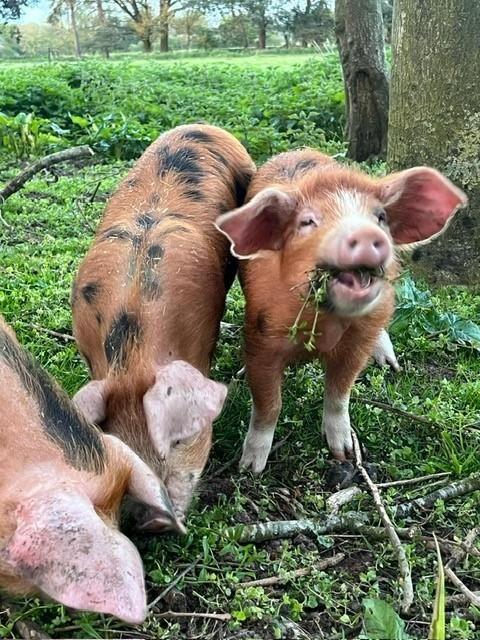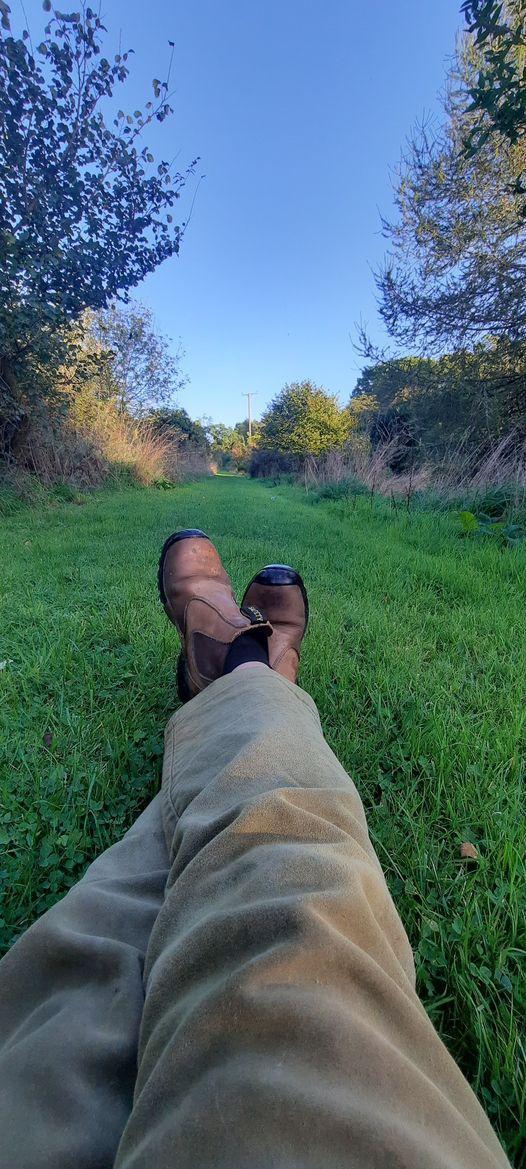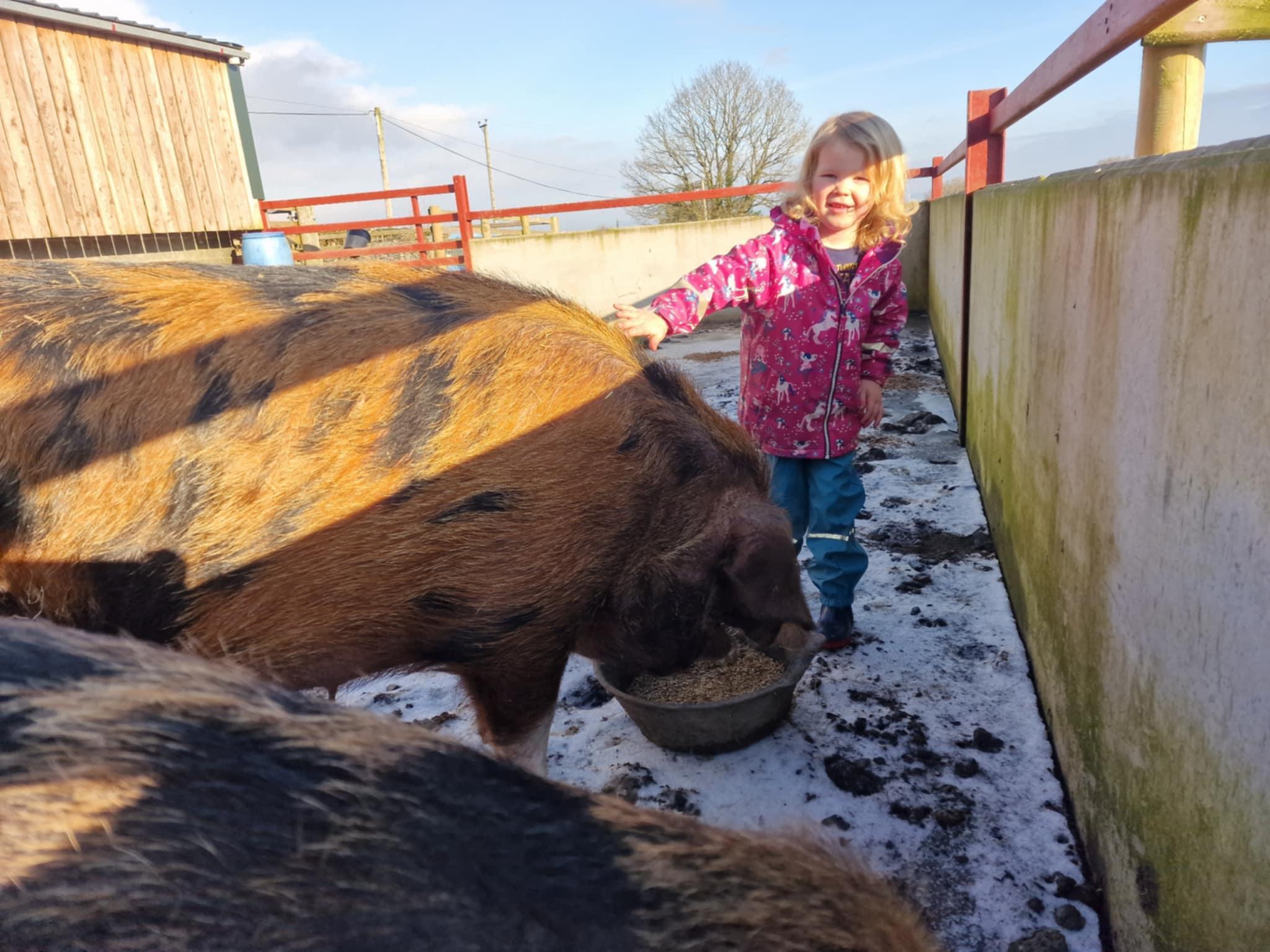
1 minute read
Vet Chat Louise Blenkhorn
Louise Blenkhorn, BSc(Hons), BVM&S, MRCVS, is an independent pig veterinary consultant and a pig farmers daughter. Louise's private life is just as busy. Amother of two to Emma andAva. Louise and her husband Neil, run a successful herd of Limousin beef cattle.
Iron Deficiency In Piglets
Advertisement
Often referred to as Iron DeficiencyAnaemia (IDA).Animals able to graze get sufficient iron from the soil.Those housed indoors, without supplementation, may encounter this condition. It is most commonly seen in piglets within 2-4 weeks of birth as piglets are born with very little iron reserve.The demands of rapid growth coupled with poor placental iron transfer and low iron in sows milk (15-50% of daily requirement), predisposes the piglet to IDA.
Most commonly, piglets will lose their appetite leading to ill thrift. Mucus membranes of the eyes and mouth are notably pale.They are also predisposed to other diseases such as diarrhoea.As the condition progresses, the piglet can develop fast breathing, jaundice (yellowing of the skin) oedema of the neck, head and shoulders and in the worst cases, death.
Diagnosis can be made on history and clinical signs +/- post mortem lesions. Blood smears can also confirm the diagnosis.
Indoor piglets should be given an iron supplement within 3 days of birth. Injectable options are preferable due to more precise dosing (it is worth noting improper dosing can cause iron toxicity so discuss doses with your vet). Inject into the neck muscle to avoid staining any valuable areas of meat.
The capacity to absorb iron reduces drastically after day 7.There are other oral options available however it should be noted that these have a metallic taste and as such are unpalatable and intakes (hence iron amounts) are variable. It can also reduce creep intakes if top dressed which can reduce weaning weights.
If you are suspicious of IDA, or general piglet health, please contact your vet for advice.





